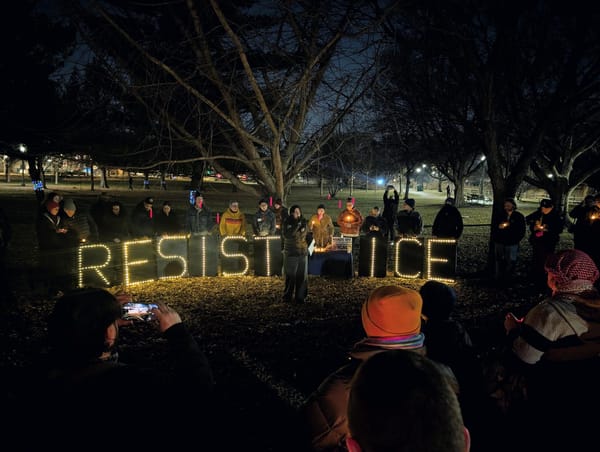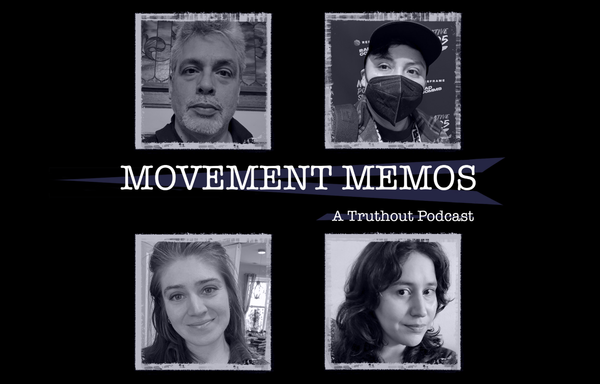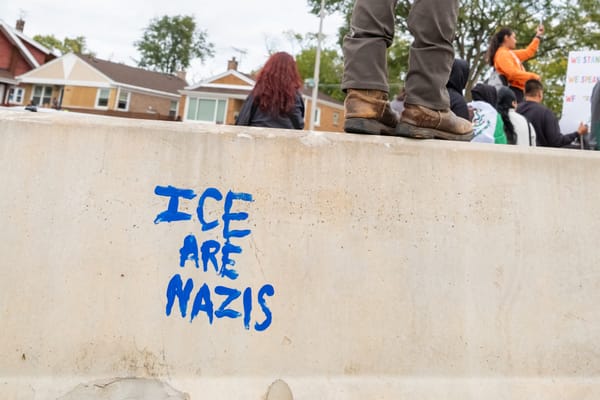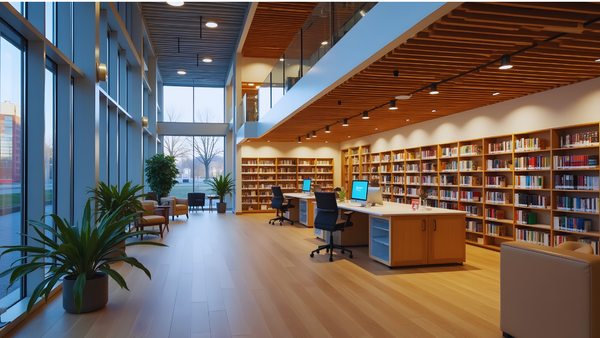Fighting for Our Stolen Neighbors: ICE, Tear Gas and a Guitar Blown Open
"Being out here to demand what is right is the only way to stay human," says Jessica Darrow.


The first thing I saw when I arrived at a protest site near the Broadview ICE facility was a pile of stuffed animals and a sign encouraging us to throw them at ICE vehicles while heckling the agents inside.
This was not an official function of the protest.
The demonstrations that have been held outside and around the Broadview detention facility—the central processing center for ICE’s ongoing assault on Chicago, which the agency has dubbed “Operation Midway Blitz”—are autonomous in nature, allowing a variety of tactics, messages and imagery to emerge at each demonstration. I approached the intersection of Harvard Street and 25th Avenue in Broadview, a secondary protest site that has recently emerged in the ongoing struggle to disrupt ICE’s comings and goings from the facility. The second site began to draw protesters after the Department of Homeland Security erected a streetwide fence, against the wishes of Broadview officials, to keep protesters away from the facility on Beach Street. Some protesters gather near the fence, defiantly attaching banners and messages of solidarity for detainees to it, as ICE agents fire punishing rounds of pepper balls and, at times, tear gas. Others have shifted their efforts to block ICE vehicles around the corner on Harvard Street. Within a half hour of arriving at the Harvard Street site around 6:45 Friday morning, I saw sign-toting protesters picketing in the roadway, musicians performing in the street, a pop-up workshop on treating pepper spray and tear gas exposure, and, yes, people throwing stuffed animals at an ICE vehicle—while crowds of protesters put their bodies on the line to stop that vehicle.
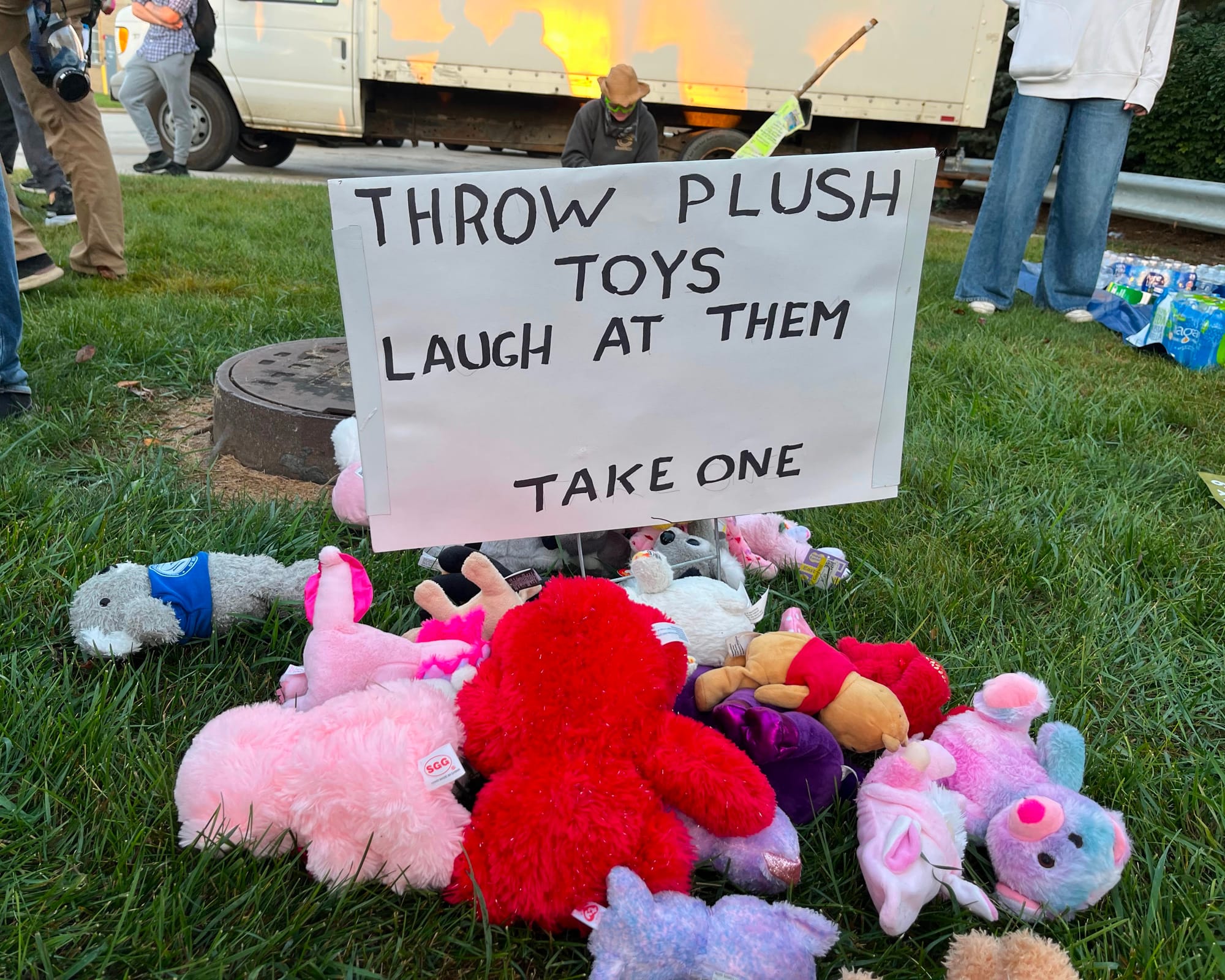
Over the last few weeks, the Department of Homeland Security claims to have arrested over 700 people in Chicago and surrounding towns and suburbs. The national press largely ignored this violent surge after Trump—at least temporarily—rolled back plans to send the National Guard to Chicago. However, protests outside the Broadview facility have played a significant role in reclaiming national visibility for the current crisis. The Broadview protesters have established a regular moral presence outside the detention center—attempting to block ICE vehicles, and declaring through signs, chants, songs, and disruptive actions that the agency is unwelcome in Chicago. As I reported last week, these protesters have been met with increasing acts of brutality. Sometimes, the government’s repressive acts of violence are precipitated by the protesters’ efforts to block ICE vehicles. But often, the violence seems random or even recreational in nature. ICE agents have repeatedly attacked demonstrators with pepper balls, tear gas, and other “less-lethal” munitions, including “foam” baton rounds.
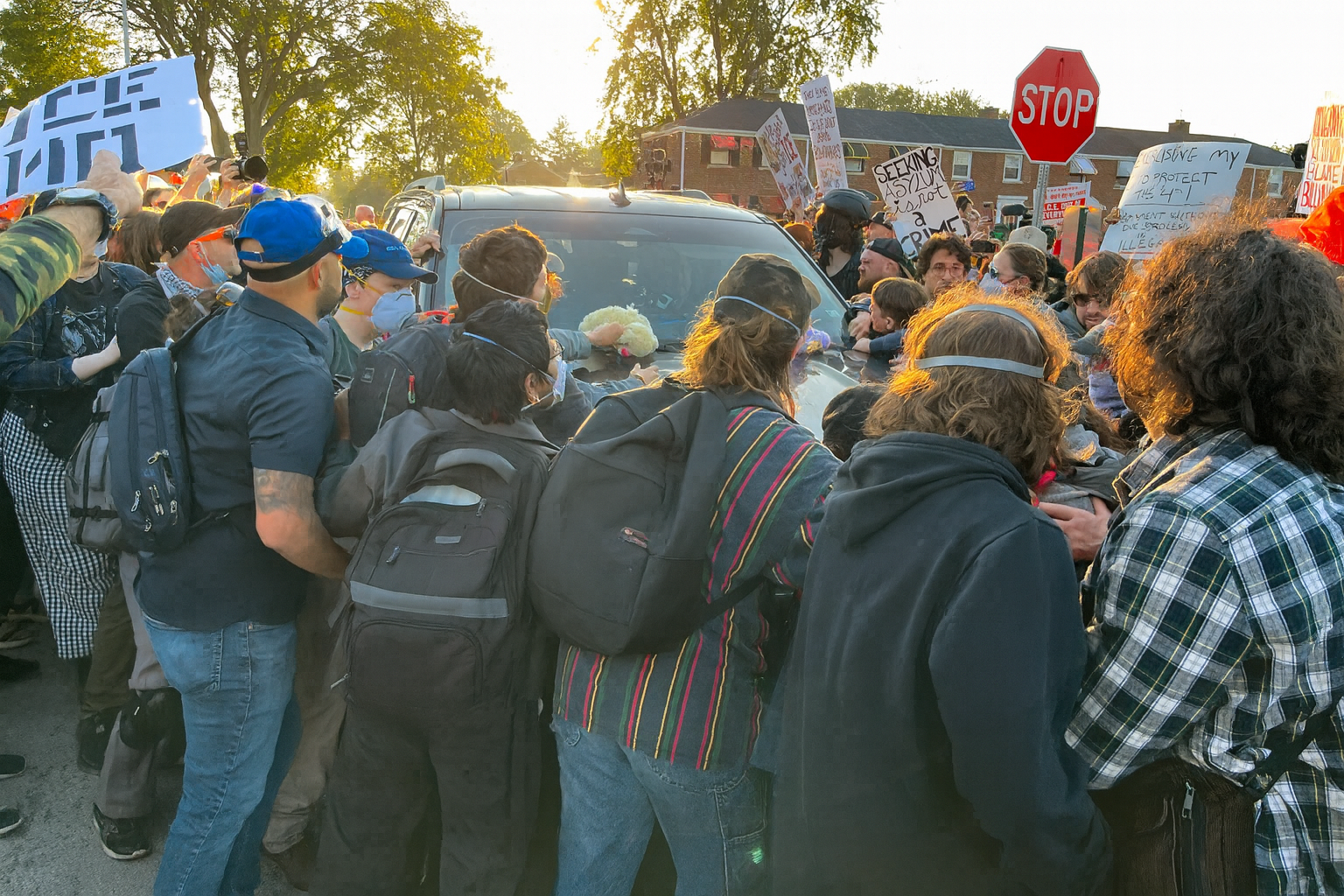
Protesters at the contested intersection made way for cars that did not appear to be affiliated with ICE, yelling, “Real job!” to each other as an indication that those cars should be allowed to pass. When an ICE vehicle attempted to pass through, protesters put their bodies on the line, placing their hands on the vehicle’s hood and leaning into it. The vehicle continued to push forward, and protesters scrambled to stay on their feet while trying to remain in front of the vehicle, slowing its progress. Eventually, a team of ICE agents emerged from behind a nearby fence and began firing tear gas, pepper balls, and “foam” baton rounds at protesters.
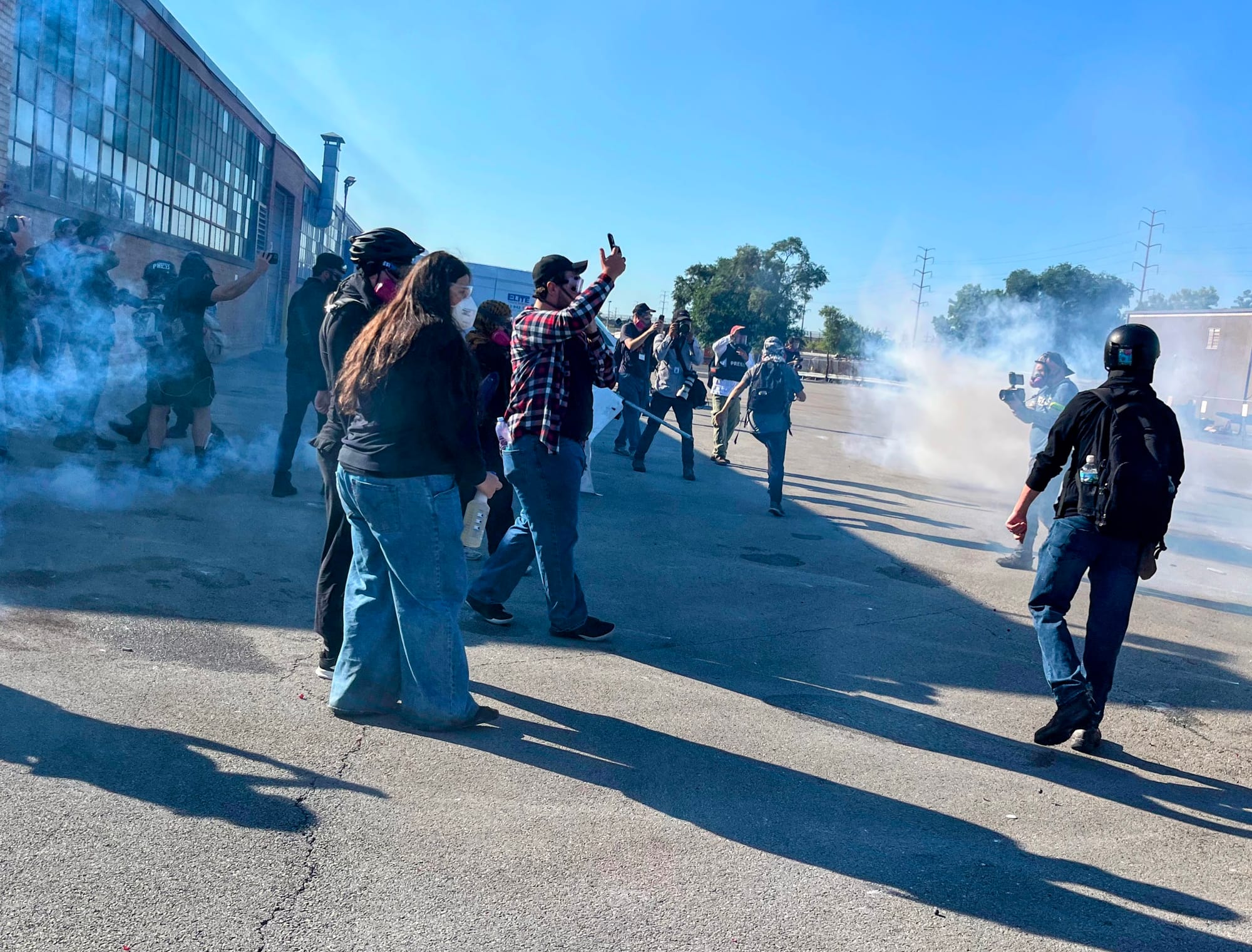
“I was scared to go,” a protester named Meg told me. “But it's not as scary as getting sent to CECOT, so I let solidarity be my guide.” Meg distributed gas masks and goggles to protesters on Harvard Street. Meg said she has “been protesting for 14 years, since Occupy,” but had never been subjected to tear gas or hit with a “foam” baton round before. “I was definitely glad to have a serious mask and goggles, and even with those I was coughing and my eyes were burning,” she said. “So, I was also glad to be able to hand those things out to people who needed them. These are organic protests not sponsored by any well-funded organization; we have to take care of each other.” Meg was struck in the hip by a “foam” round during the protest, but says she wasn’t seriously injured.
Despite their soft-sounding name, “foam” baton rounds are kinetic impact projectiles made from dense polymers—often polyurethane or rubber-elastomer—and fired at high speeds. These rounds are fired from a variety of guns and launchers, delivering concentrated blunt force that can fracture bones, shatter glass, or cause serious internal or ocular injuries.

One of the “foam” rounds fired by ICE agents tore through the guitar of Josie, a member of the Songs for Liberation Protest Music Collective. “They know our music is powerful, so they aim at our instruments as well as our bodies,” Josie told me. “I was out there today because being part of a music collective gives me the strength and courage to do brave things, like sing beautiful songs at people who wish us and our neighbors harm.” Josie was adamant that the destruction of her guitar would not hold her collective back. “They can’t keep us from singing, or from loving and standing up for our neighbors,” she told me. “We will continue to sing and make music. Heck, we’ll probably even write a song about this.”
Within hours of the protest, online supporters had raised enough money to replace Josie’s guitar.
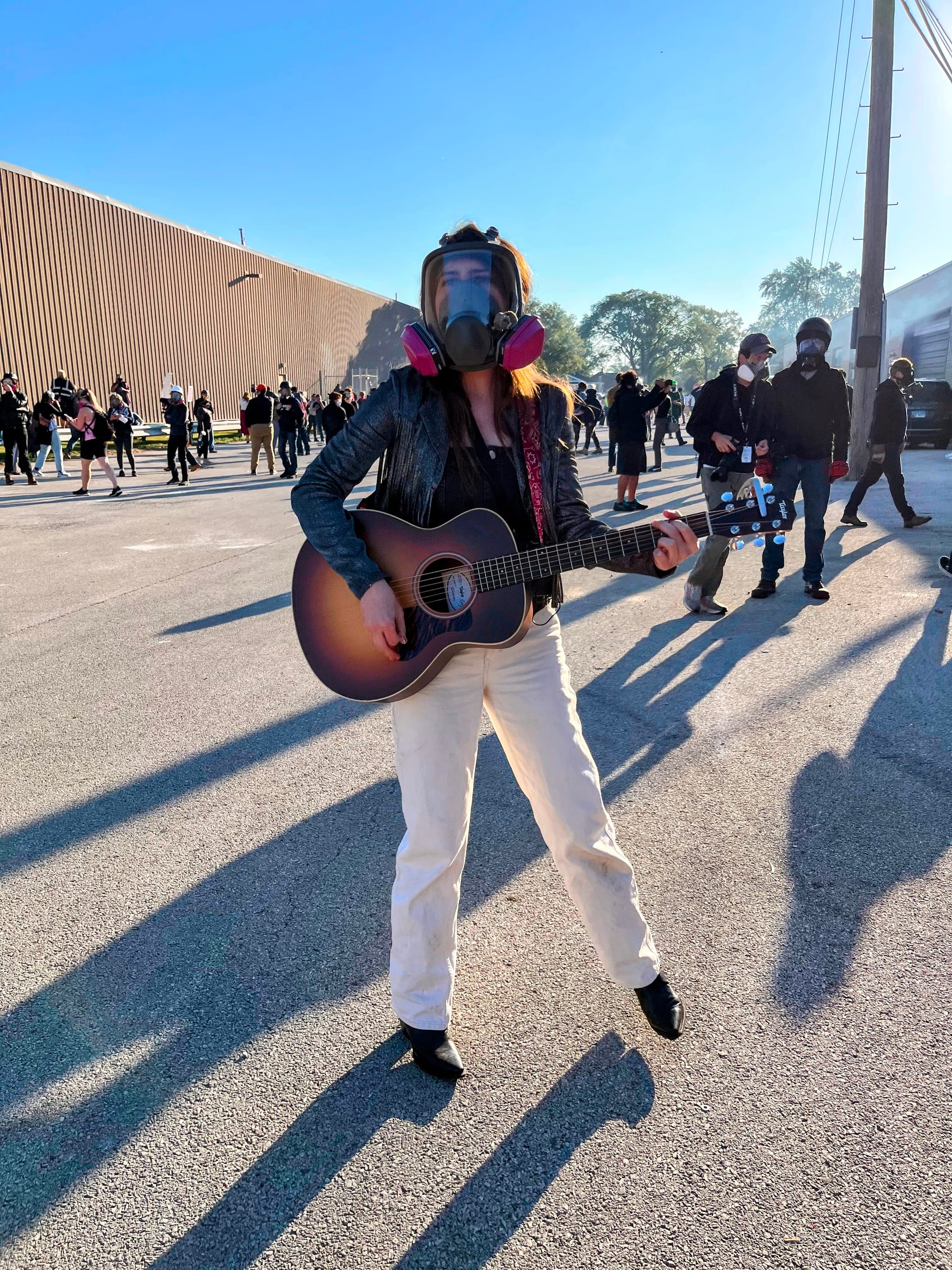
Not all of the protesters were so spirited in their responses to state repression. Protester Cate Lujan Readling told me, “It feels surreal to stand in a small village in the state of Illinois, in the United States of America, to get shot at from a distant building on the other side of a giant fence while singing.”
Jessica Darrow, a faculty member at the University of Chicago who teaches immigration and refugee policy, was reflective about the day’s events. “I’ve been struggling with the question of impact today,” she said. “Are we getting any closer to liberating people held captive by ICE? Are we any closer to shutting ICE operations down? I don’t know.” Still, Darrow was undeterred. “What I feel after today, with my lungs full of pepper spray and my skin soaked in tear gas residue, is that we have no alternative. Being out here to demand what is right is the only way to stay human in the face of tyranny by the state,” she said.

Chicago artist and organizer Kara Rodriguez found hope in today’s action, despite being overwhelmed by tear gas. “I went to Broadview today to support those being ripped from their homes and resist moving our neighbors out of state,” she said. “My friends and I brought gas masks and goggles to share, which were used when ICE unleashed tear gas and [“foam” rounds] on protesters.” Rodriguez said that while it was hard to see people of conscience “stumbling, hands covering their eyes, crying out for help,” being empowered to help those people, and receive help when she was overcome, provided a sense of stability. “I was able to help a few people flush their eyes so they could see again,” she said. “We were sharing resources and knowledge so we could help each other. That’s what it’s going to take to get through all of this, and how we’re going to have to live.”
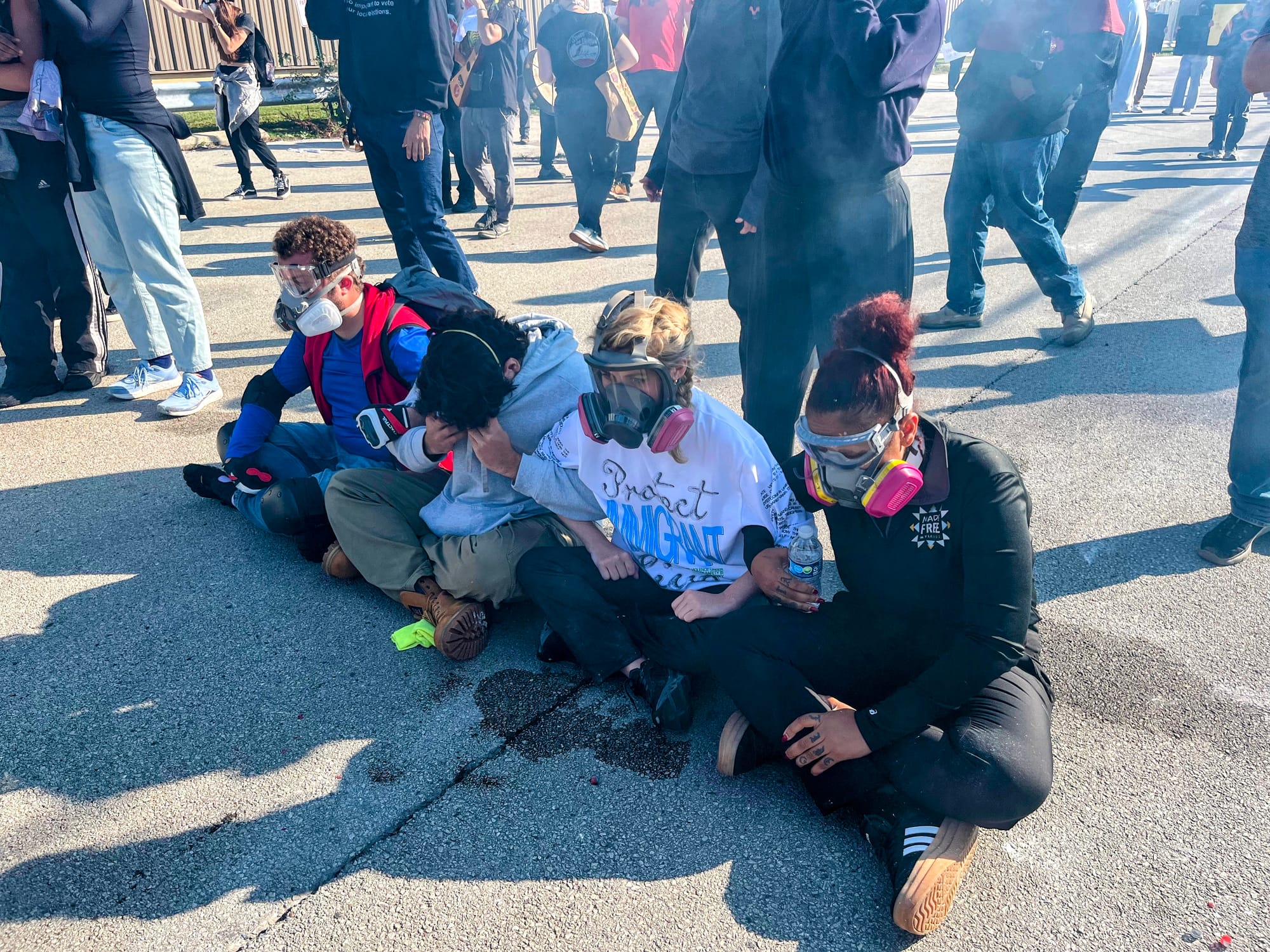
“We are in a terrifying place, where violent deportations are treated as inevitable,” Rodriguez said. “And yet, something powerful is rising in Broadview: grief, power, and solidarity. I, like every other person out there, refuse to accept the cruelty of ICE's deportation spree.” Rodriguez emphasized that even in the face of vehicles steering into human bodies, tear gas, and impact projectiles, people continued “locking arms and putting their bodies” in harm’s way. “We know the risks, and still, we choose to stand together and refuse to let a single immigrant be taken without resistance.”
As I reflected on the day’s events—the three pepper balls I was struck with, the tear gas fumes, the aching tears, and the frustration of knowing we could not free our neighbors from that facility—I felt grounded in the sense of refusal that Rodriguez described. There were moments during Friday’s protest when I had to remove my gas mask, and was immediately overwhelmed, not only by the fumes of drifting tear gas, but by the pepper ball residue on my own clothes. Pained tears poured from my eyes as tear gas seeped past my impact-resistant goggles. At times, I was standing in the path of danger, and barely able to see. And yet, throughout all of this, I felt like I was exactly where I was supposed to be, doing what I was supposed to do, with the people I was meant to do it with. I felt a sense of communion on Harvard Street.
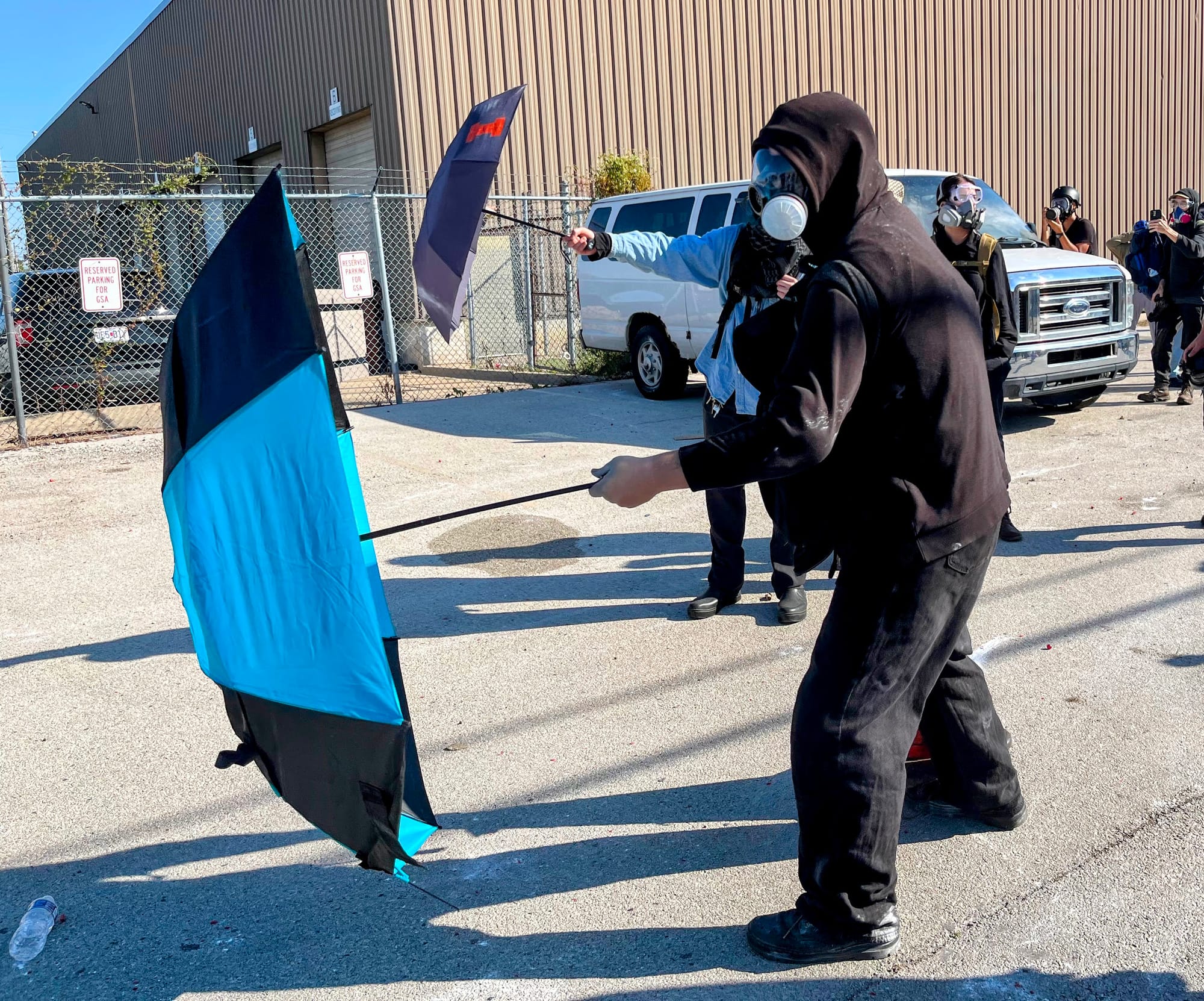
Love took many shapes that morning, from humorous and righteous protest signs, to stuffed animals launched through the air, songs sung through gas masks, water poured over burning eyes, bodies pressed against moving vehicles, umbrellas and signs extended as shields, locked arms, and the comforting embrace of friends. All of these actions were manifestations of love bound up in refusal. We refuse to go about our normal lives, or to allow normalcy to exist, while our beloved neighbors are stolen. We are living in opposition to fascism, capitulation and complicity, however dangerously, and we are doing it the only way we can—together.
Organizing My Thoughts is a reader-supported newsletter. If you appreciate my work, please consider becoming a free or paid subscriber today. There are no paywalls for the essays, reports, interviews, and excerpts published here. However, I could not do this work without the support of readers like you, so if you are able to contribute financially, I would greatly appreciate your help.

